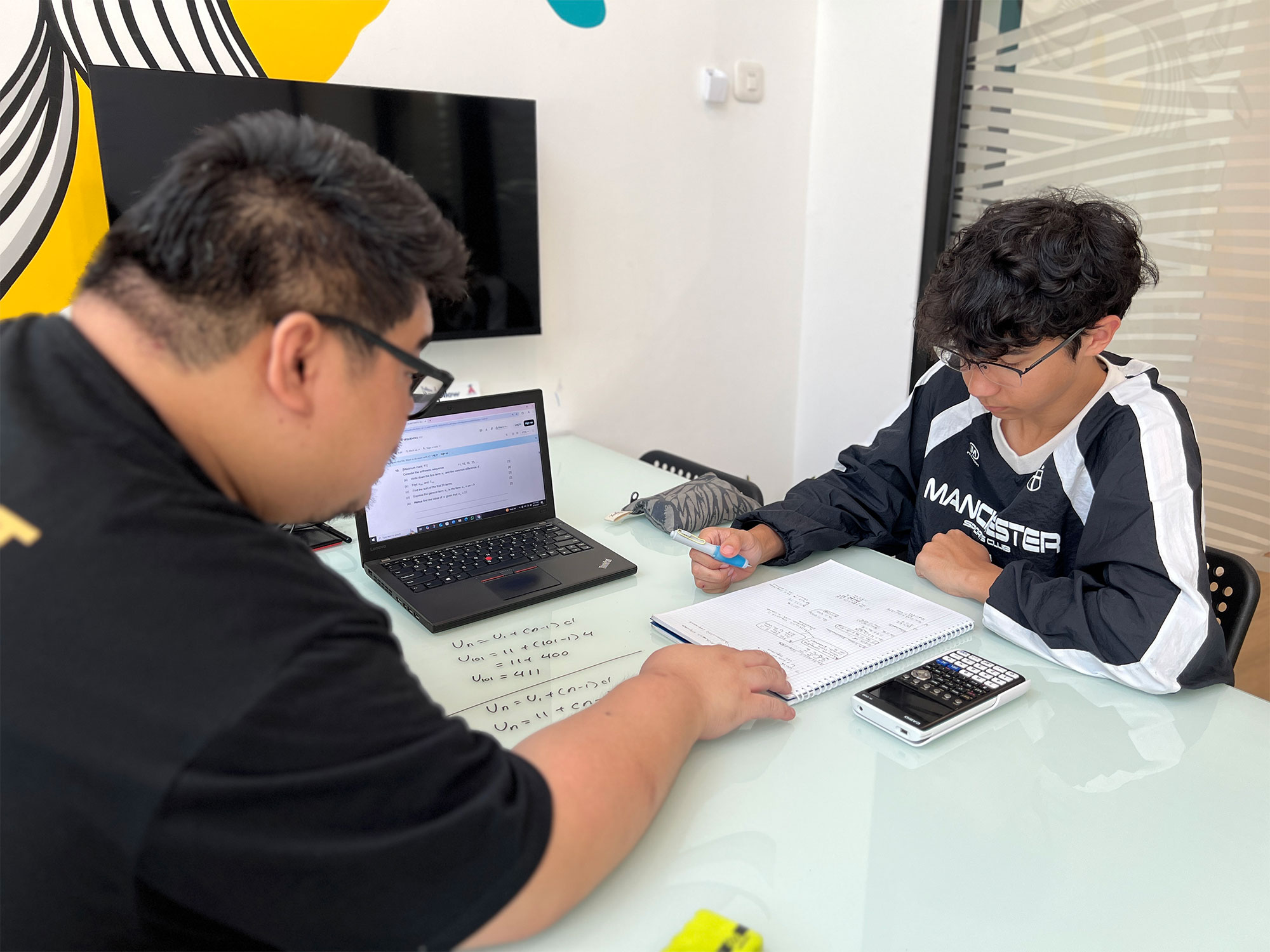Developing a Growth Mindset: Helping Students Embrace Challenges and Mistakes
Every student encounters challenges in their academic journey. Whether it is struggling with a new math concept, preparing for a demanding exam, or managing a heavy workload, obstacles are inevitable. What makes the difference is how students respond to those obstacles. A growth mindset is the belief that abilities can be developed through effort, strategies, and persistence. By contrast, a fixed mindset suggests that intelligence and talent are unchangeable. Teaching children to adopt a growth mindset empowers them to embrace mistakes, view challenges as opportunities, and continue striving even when learning feels difficult.

Why a Growth Mindset Matters
Students with a growth mindset approach problems with resilience. They are more likely to see mistakes as part of the learning process and to try again when something feels hard. This attitude builds confidence and reduces fear of failure. In contrast, students with a fixed mindset may give up quickly, avoid challenges, and become discouraged by setbacks. Over time, these differences can have a profound effect on academic performance, motivation, and overall well-being.

Practical Ways to Encourage a Growth Mindset
-
Redefine Mistakes as Learning Opportunities
Children often feel embarrassed or frustrated when they make mistakes. Parents and teachers can shift this perspective by emphasizing that mistakes are essential for growth. For example, if a student answers a math problem incorrectly, the focus should not be on the error but on identifying what step led them astray and what they can try differently next time.
-
Praise Effort, Strategy, and Persistence
Instead of praising natural ability, parents can highlight the process that leads to improvement. A comment like “I can see how much effort you put into revising for that test” or “You tried several ways to solve that problem before finding the right one” reinforces the idea that progress comes from persistence. This helps students understand that effort matters as much as the result.
-
Encourage Goal Setting
Help children set realistic, short-term goals that allow them to track progress. For instance, a student struggling with essay writing could aim to improve their introduction in the first week, work on transitions in the second, and polish their conclusions later. Achieving small milestones provides motivation and reinforces the value of steady improvement.
-
Model a Growth Mindset at Home
Children learn from what they see. Parents who show that they are willing to take on challenges, learn new skills, and admit when they make mistakes provide powerful role models. For example, saying “I found this difficult at first, but with practice it became easier” shows children that struggle is normal and growth is possible.
-
Teach the Power of “Yet”
When students say “I cannot do this,” encourage them to add the word “yet.” This simple shift transforms the statement into “I cannot do this yet,” which keeps the door open to future improvement. The word “yet” reminds students that learning is a process and that abilities are not fixed.
-
Provide Constructive Feedback
Feedback should guide students on how to improve rather than simply pointing out mistakes. Instead of saying “This answer is wrong,” a more helpful response is “You are on the right track, but let’s look again at how you applied the formula.” Constructive feedback builds confidence and encourages persistence.
Final Thoughts
Challenges are not setbacks but stepping stones. By teaching students to embrace mistakes and focus on progress, parents and educators prepare them for success. By working with A for Effort, students gain both academic strength and the confidence to approach every challenge with resilience.
For more information on how A for Effort can support your child’s academic journey, contact us at:
Phone: +62 819 1100 1203
Email: info@aforeffort.org
Website: www.aforeffort.org







